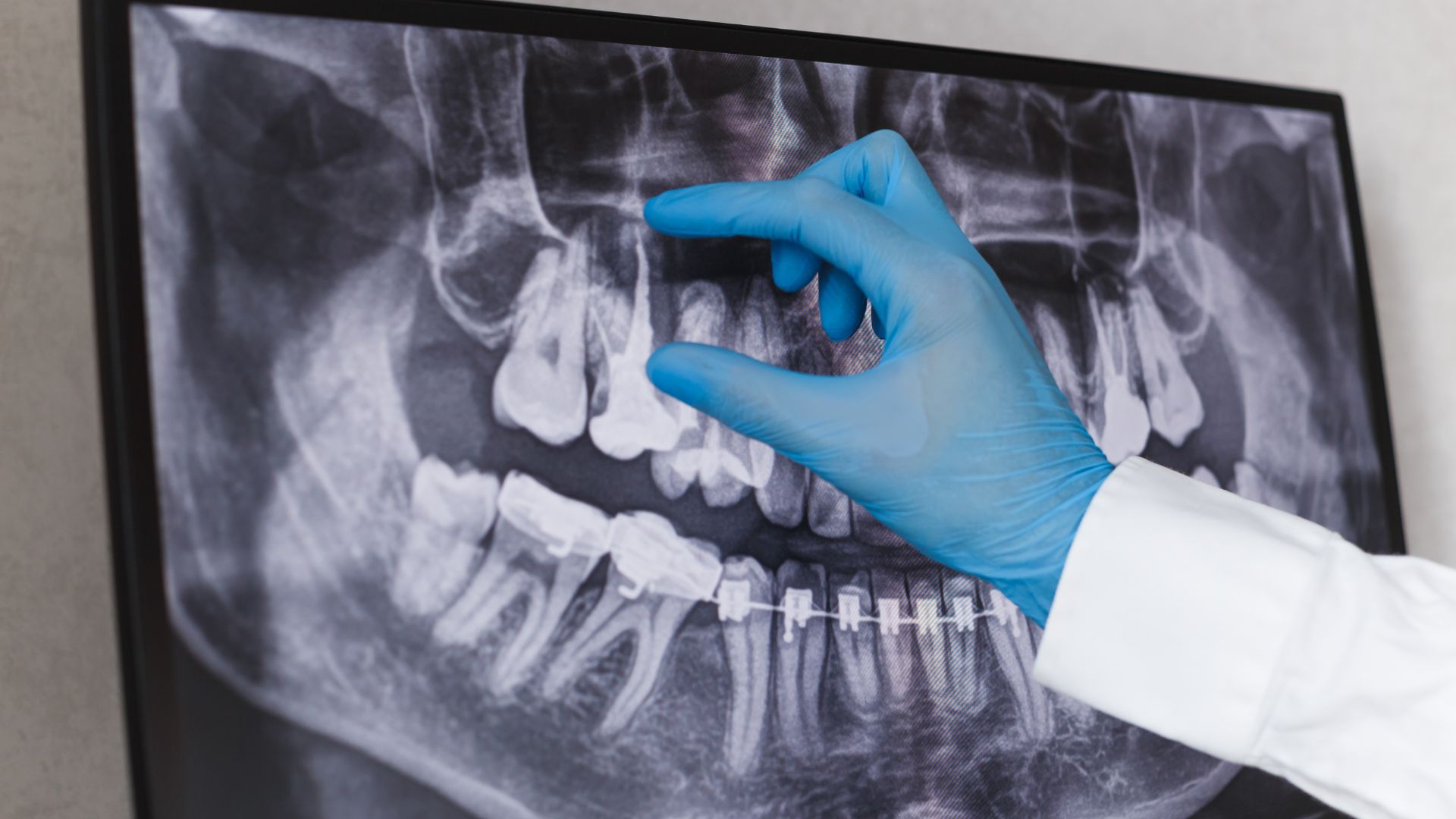Non Surgical Root Canal
Home - General Dentistry and Dental Treatments - Non Surgical Root Canal


More dentists and patients are choosing non-surgical root canals in an effort to save a tooth that has injured pulp. Non-surgical root canals enable a patient to save their natural tooth and avoid more complicated procedures such as bridges, dental implants, or extraction. The key is finding a Houston dentist that has experience in performing successful non-surgical root canals.
What Is a Non-Surgical Root Canal?
With an estimated fourteen million root canals performed every year, the endodontic procedure is one of the most common performed by dentists.
So, what is a non-surgical root canal and why is it needed? A better understanding of the anatomy of a tooth is helpful in realizing why this dental procedure may be needed. The outermost layer of the tooth is made of enamel. Behind that is dentin, and underneath that is a collection of blood vessels and nerves called pulp that is foundational in building up the surrounding tooth. The pulp comes from the tooth’s root, hence the name root canal.
If the pulp of a tooth becomes infected, a non-surgical root canal may be an option. Infection in the pulp can happen for a variety of different reasons, including permeating tooth decay, chips, cracks, trauma, or even repetitive dental procedures. There are often symptoms of infection in a tooth’s pulp, such as:
- Tooth pain as well as pain in the gums
- Darkening of the tooth’s color
- Swelling
- An abscess in the tooth
- Jaw pain
- Visible damage
- Prolonged temperature sensitivity to hot and cold beverages and foods
Although unrelenting tooth or jaw pain tend to be the most common symptoms of needing a root canal, it could be in combination with any of the other symptoms listed above. However, a person who sees the dentist regularly may find a problematic tooth before they even begin experiencing pain.

How Non-Surgical Root Canals Work
A person who is experiencing one or more of the above symptoms should make an appointment with a reputable dental practice to confirm if a pulp infection is indeed the source of their pain. If their suspicions are correct, the dentist will likely recommend a non-surgical root canal to get rid of the diseased pulp and ease uncomfortable symptoms.
Although no patient wants to hear that they need a root canal, for many patients, non-surgical root canals are no more painful or problematic than having a filling done.
Before a root canal begins, patients will typically have x-rays done so the dentist has a clearer picture of a tooth’s root canals. Then local anesthesia is administered as most patients do require it to prevent discomfort and pain during the procedure itself.
To begin the non-surgical root canal and remove the pulp, a very small hole is made in the tooth, allowing the infected pulp to be removed. In an effort to kill the bacteria associated with the infection, the hole in the tooth is typically rinsed out with a special solution before filling it with a composite material.
In most instances, patients receiving a root canal will also need a crown. This is because the removal of pulp and nerves from the tooth essentially leave the tooth dead, without the ability to repair itself. With a crown, the tooth is protected.
Patients in this situation should expect to receive a temporary crown to protect the affected tooth until a permanent crown is created. It may take up to two weeks or more for the permanent crown to arrive.
The alternatives to getting a non-surgical root canal include:
- Losing the tooth via extraction
- Surgical root canal therapy
Having a tooth extracted may result in the need for a bridge or implant, both of which can be more involved and expensive procedures. Surgical root therapy generally involves the dentist making an incision in the gum to get to the root canal and infected pulp. This is also expensive and may require more recovery time.
What to Expect After a Non-surgical Root Canal
Fortunately, the success rate for non-surgical root canals is estimated to be approximately ninety percent for teeth without anatomical abnormalities and in general require little to no downtime for recovery.
Because a local anesthetic is used for non-surgical root canals, or even nitrous oxide analgesia if needed, most patients should be able to drive themselves home and return to a somewhat normal daily routine.
Until the feeling comes back into the teeth and gums, it may be a good idea to avoid eating or stick with liquids. This numbness tends to last up to several hours in the average patient. If a temporary crown was put into place following the procedure, dentists recommend a patient avoid eating anything particularly hard or chewy that might shift the crown out of place.
While it could be possible to feel some discomfort or pain after the procedure, it typically is less painful than what the patient felt before a nonsurgical root canal. Should this not be the case, it is important to report it to the dentist right away as it could indicate part of the infection still remains. Although the dentist takes precautions during nonsurgical root canals to eradicate the bacteria, if a tooth becomes cracked or a fissure develops, it could allow some of the bacteria in.
Can You Choose Between Surgical and Non-surgical Root Canals?
When a dentist recommends a root canal for a patient, the most common question is if they can choose if it is surgical or non-surgical in nature. The good news is that regardless of which procedure is necessary, they both have the same goal of stopping further damage to the tooth.
For textbook cases that have no other pre-existing conditions or complications, non-surgical root canals may be possible. However, if a patient has serious inflammation or infection and the ends of the root need to be re-sectioned, a surgical root canal could be needed.
Ultimately, the dentist will tell the patient what their options are and what they can expect. Regardless of which is advised, it is necessary to have the problem taken care of before it worsens.
Anyone experiencing tooth pain, sensitivity or swelling of the gums should reach out to Meyerland Family Dentistry and make an appointment. We can provide a thorough exam and x-rays to determine the cause of the symptoms, and whether a non-surgical root canal is a treatment option.
